Understand
Samara, a city steeped in history, was officially established in 1586 with the construction of a Russian fortress along the magnificent Volga River. However, its roots can be traced back even further, to the 14th century. During World War II, Samara, then known as Kuibyshev, served as the second capital of the USSR. It became a safe haven for government offices when Moscow was under threat, and even played a crucial role in aircraft manufacturing, producing a significant portion of the famous Ilyushin IL-2 Sturmovik battle planes. In the post-war era, Samara flourished, fueled by the growth of its aircraft industry, scientific advancements, and the development of the Volga-Urals oilfield. This city quickly emerged as a key center for aerospace science and industry. Samara's contributions to the Soviet Union's achievements in the Space Race were immense. Despite its strategic significance, the city was off-limits to foreigners until the dissolution of the USSR. Since reverting to its original name in 1991, Samara has opened its doors to tourists. While the tourist infrastructure is still developing, the upcoming FIFA World Cup promises to enhance the city's offerings. Samara proudly embraces its cultural heritage, having been home to many renowned Russian creatives, such as writers Tolstoy and Gorky, painters Ilya Repin, Vasily Surikov, and Ivan Aivazovsky, as well as revolutionaries Michael Frunze and Vladimir Lenin. The city even caught the attention of Alexandre Dumas, who vividly described his journey, including his enchanting impressions of Samara, in "From Paris to Astrakhan". Get ready to embark on a captivating journey through this historically rich city and experience its cultural treasures firsthand!
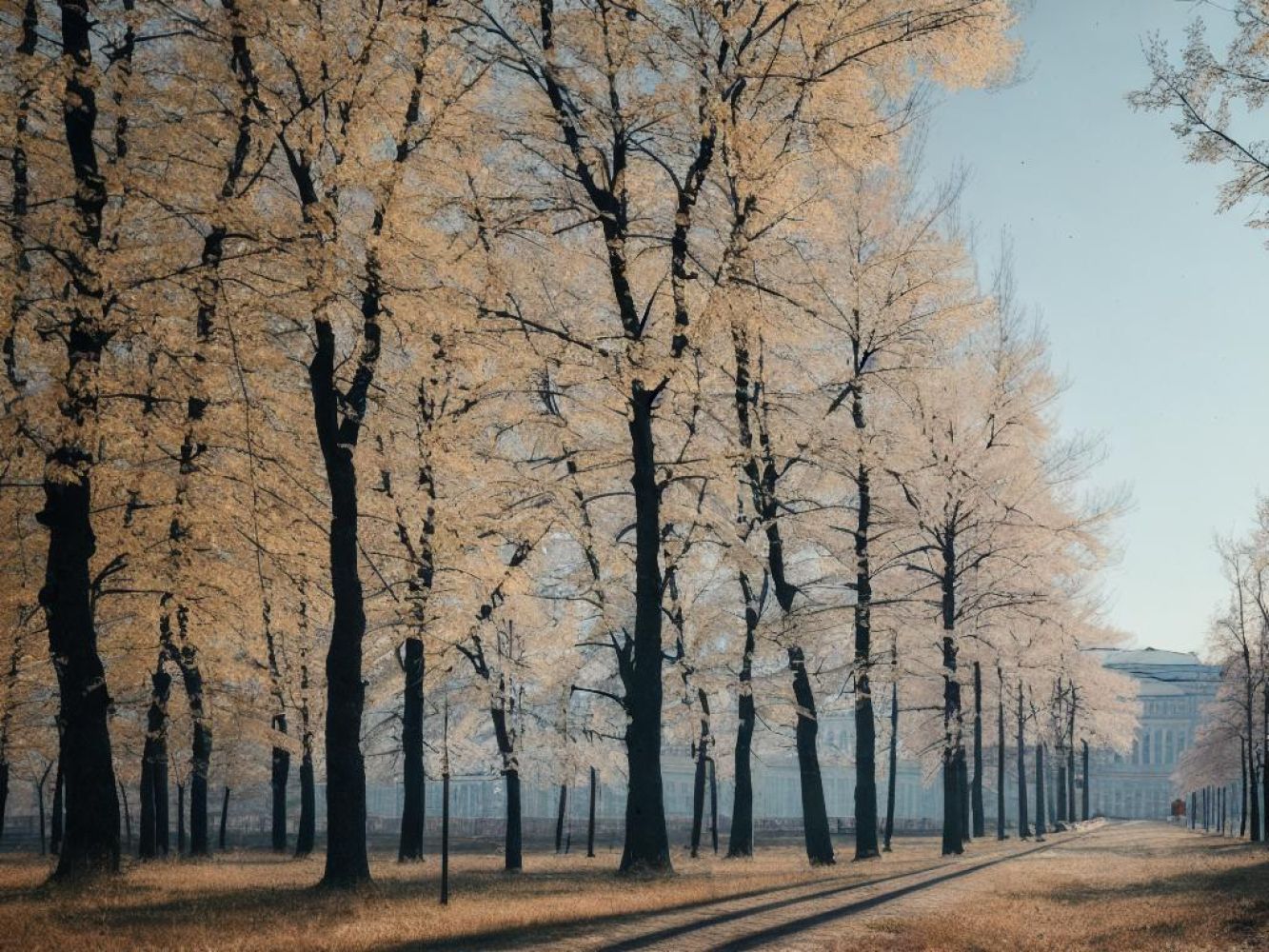

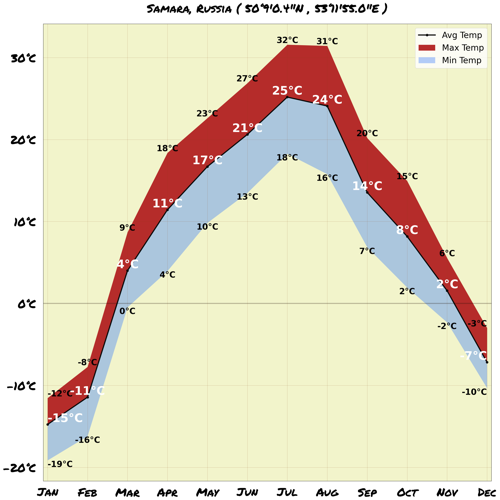
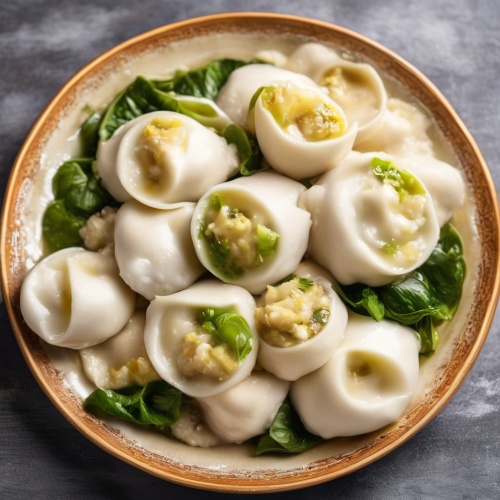

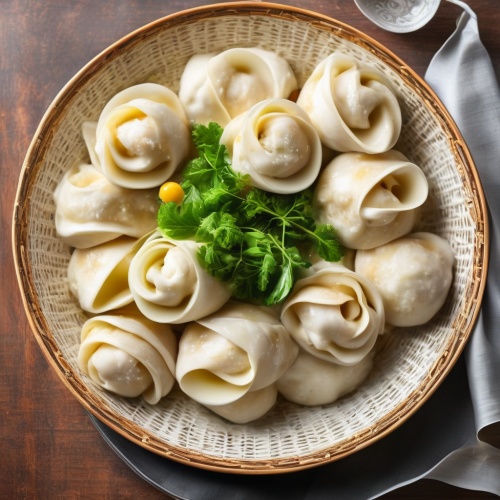
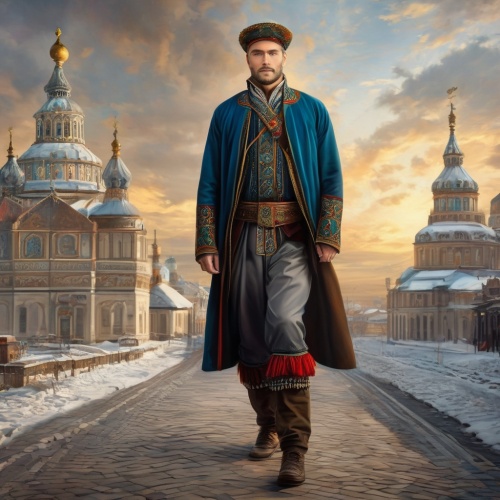
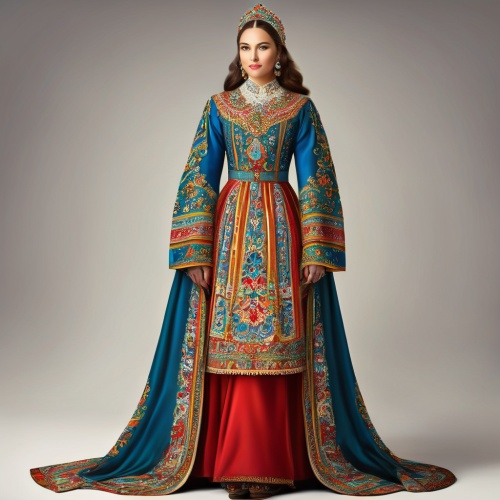
Comments
NO COMMENTS